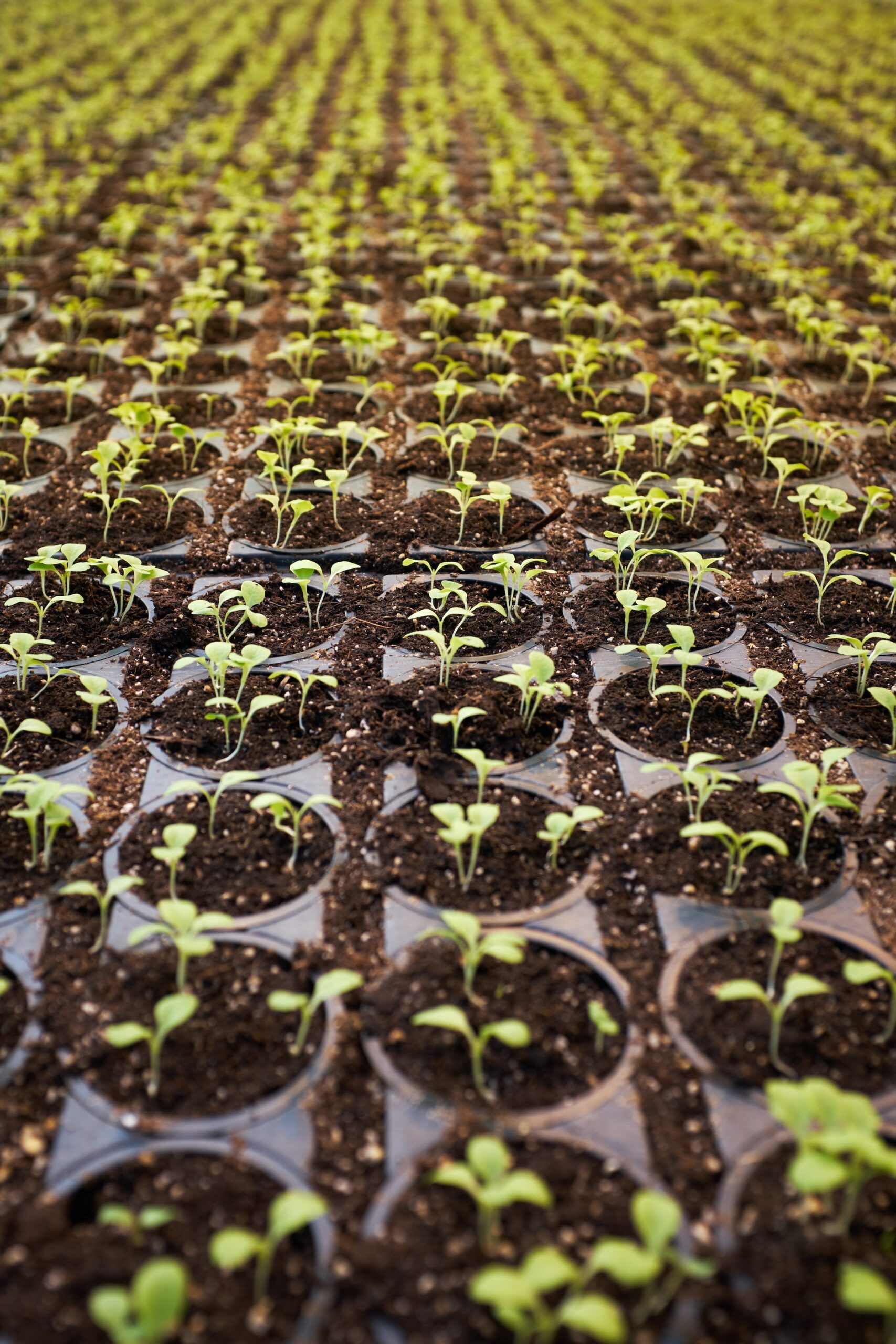Detecting Nutrient Deficiencies in NFT Hydroponics
When you’re working with NFT (Nutrient Film Technique) hydroponics, it’s crucial to keep an eye out for any signs that your plants might not be absorbing all the nutrients they need. Just like humans can suffer from deficiencies in certain vital nutrients, so too can our green friends. Ensuring your plants are properly nourished is a significant part of the battle in hydroponic farming.
One of the most reliable ways to detect a nutrient deficiency is by keenly observing the health and growth of your plants. Abnormal leaf colors or growth can often be the first giveaway. For instance, yellowing leaves might point towards possible deficiencies, while spots, distinctive patterns, or unusual leaf shapes could also suggest that something’s not right.
The other thing to bear in mind is the pH level of your system. The pH can play a significant role in nutrient availability and uptake. If it’s too high or too low, it could prevent your plants from absorbing the nutrients they require, leading to deficiencies even if there’s enough nutrient in the solution. Regular and accurate pH testing is key to preventing deficiencies and ensuring optimal plant growth.
Common Nutrient Deficiencies in NFT Hydroponics
Now, let’s dive into the specifics. There are several key nutrients that your plants need, and each one corresponds to different deficiency signs. Understanding these signs will allow you to quickly identify and address deficiencies, ensuring your plants remain healthy and productive.
Nitrogen, phosphorus, and potassium are often referred to as the primary macronutrients. They’re vital for your plants and hence are usually the first to check in case of noticeable issues. Nitrogen deficiencies often translate to pale, yellow-green leaves, particularly for older leaves. On the other hand, phosphorus-deficient plants tend to go dark green, with older leaves potentially turning purplish. A lack of potassium can result in yellowing leaf tips and edges.
Calcium and magnesium are secondary nutrients but are just as essential. Calcium deficiency can lead to leaf tip curling and brown spots in the center. Magnesium deficiencies often result in yellowing between leaf veins on older leaves, with potential rust-colored spots.
Resolving Nutrient Deficiencies in NFT Hydroponics
So, what to do if your plants show signs of nutrient deficiency? Fear not – it’s not a death sentence! There are steps you can take to correct the issue and nurse your plants back to health.
Firstly, consider adjusting your nutrient solution concentration. Over-diluted or overly-concentrated solutions can hinder nutrient absorption. You might also need to modify the pH levels of your hydroponics system, bear in mind we talked about the role of pH in nutrient uptake. Proper light intensity and spectrum are also crucial for good plant health, so make sure your plants have enough light and the right kind of light.
Preventative Measures for Nutrient Deficiency
As they say, prevention is better than cure. Regular pH testing and nutrient solution checks can help maintain the optimal environment for plant growth, thus preventing nutrient deficiencies in the first place.
Using LED grow lights can also be beneficial. These lights not only provide plants with the necessary light for photosynthesis, but also enables you to control the light spectrum, optimizing it for your specific crops.
Lastly, always be open to learning and seeking expert advice. Nutrient deficiencies in NFT hydroponics can be complex and sometimes subtle. The more you know, the better equipped you’ll be to keep your plants healthy.
And that’s about it. Keeping an eye on your plants, understanding various nutrient deficiencies, and taking the right measures to correct and prevent them, will significantly enhance your hydroponic farming success. In the end, it’s all about growing happy, healthy plants. And trust me, with the right approach and a bit of dedication, you certainly can!

